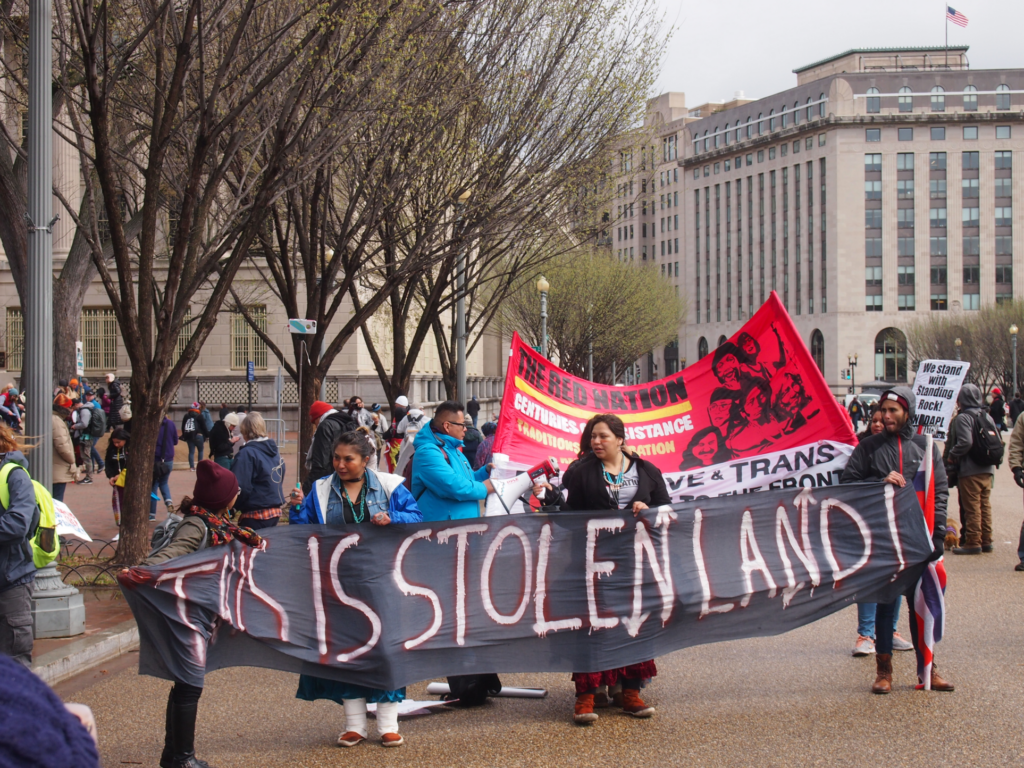
Reflecting on the use of art and a mixed-media presentation as a tool for experiential learning, my engagement with the content of my project Beyond the Lines: Uniting Black and Indigenous Voices for Justice became a powerful and deeply personal process. This method transcended traditional academic formats, allowing for a more profound and emotional connection to the subject matter.
Beyond Text: The Power of Art as a Medium
Moving beyond conventional essays and research papers, the mixed-media project became a vehicle for synthesizing complex themes of colonialism, resistance, and resilience. Instead of simply recounting historical facts, the artistic process compelled me to grapple with the emotional and psychological impact of shared histories of oppression on both Black and Indigenous communities. This approach shifted my focus from mere intellectual comprehension to empathetic understanding. The act of creating a tangible representation of these abstract concepts—using spoken word poetry, images, and African and Indigenous rhythms—allowed me to explore the nuances of these experiences in a way that written words alone could not.
Decolonizing the Learning Process
The project itself became an act of decolonization within my own learning. By using a mixed-media format, I was able to challenge the traditional, Western-centric methods of knowledge transfer. The process of curating visuals and soundscapes to represent the history of resistance was a form of counter-narrative. It allowed me to prioritize Black and Indigenous perspectives and voices, and to reflect on how art can serve as a powerful tool for cultural reclamation and self-determination. The presentation became a space where I could critically analyze how mainstream narratives have historically erased these experiences and intentionally worked to center them instead.
A Transformative Experience
Ultimately, the mixed-media project was a transformative experience. It not only solidified my academic knowledge but also cultivated a sense of personal responsibility toward social justice. The creation process fostered a deeper appreciation for the intergenerational trauma and resilience of both Black and Indigenous communities. The final presentation was not just a summary of my learning; it was a personal testament to my commitment to decolonization and an acknowledgment of the power of creative expression in human rights advocacy. This approach has forever changed how I view the relationship between art, education, and social change.